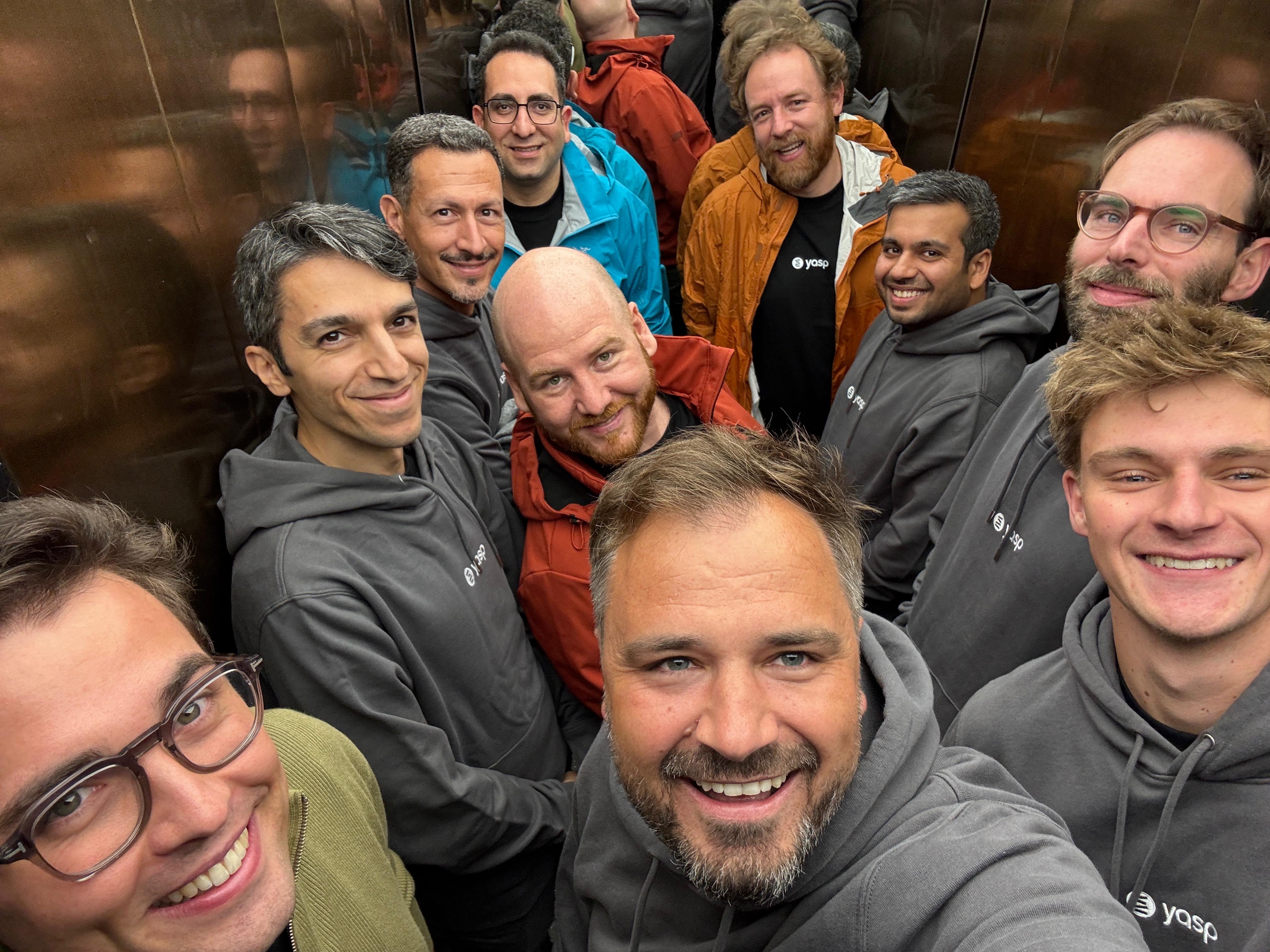The workday of a deskless worker is still mostly untouched by digitalization
The whole world is getting connected and increasingly digital but to date, one group has been underserved in regards to technology – the deskless worker. The deskless worker is the forgotten hero and backbone of the economy, making up ~ 80% of working people in all industries e.g. hospitality, construction, logistics, manufacturing, health care, retail, transportation, and more. Technologizing the deskless or often also called blue-collar worker is not only a question of increasing productivity but the ability of companies to hire and retain their talent, as 78% of deskless workers state that technology is a crucial factor in choosing their employer.
On a side note: In Germany, we currently experience what happens when this group is underrepresented and inefficiently utilized – the whole economy comes to a grinding halt (anyone who recently stood in >500m long waiting lines for > 4 hours at German Airports knows what I am talking about). The majority of labor of the deskless worker is manual, but a significant amount of time is spent reviewing inventory, documenting their work, and filling out forms. To date, these processes are still overwhelmingly pen and paper-based, on rare occasions including spreadsheets or other sub-optimal solutions.
Manual data entry is inefficient and leads to a significant error rate
These manual data collection processes have a significant error rate (often presumed to be around the 1% mark), this error rate increases multifold if the data is then manually transferred to spreadsheets in an attempt to make the data analyzable (a study showed that manually copying data from paper to a spreadsheet holds even higher error rates from 18–40%). The reason why this is important is best summarized in the 1–10–100 Rule, in short stating that the prevention of errors costs you $1, the correction of an occurring error costs you ten times as much at $10, and the cumulation of errors again 10 times as much, leading to failure costing you $100.

Done manually, the task of documentation is overwhelming (even when digitalized), creating an increasingly larger pile of paper/data to sieve through and organize. If a necessary task is identified, it takes a long time to communicate along the line and inform the right person to take care of it, the person informed is then rarely accountable, and/or the progress of the open task is hard to track. There are some solutions out there but many are quite complicated, created for a specific niche, hard to set up/use, and often too expensive to present a viable solution for companies of all sizes. This raises the question of how the work of the deskless worker can be improved and the role technology will play in this transformation.
Lumiform provides a simple to use, innovative solution
Lumiform plays to these issues, providing an easy-to-use desktop- and mobile-based software. Its core is a simple to set up form builder that is very easy to use, yet allows the creation of complex data gathering flows. Creators can select from a variety of input modules, e.g. simple text, dropdowns, date, picture uploads, QR scanning, temperature, etc., and create an automated workflow for its users that leads them along a chain of data gathering, verification, and task distribution.

Once data is collected, it is analyzable, actionable, and reportable to various outputs, e.g. PDFs, dashboards, and sheets. Roles & access can be managed to maximize usability across organizations. To further reduce the friction of setting up an account and a repository of forms, Lumiform provides over 12,000 templates for numerous use cases to ensure its users hit the ground running. The beauty of the product is the simplicity of setting it up, the breadth in application – in total the time to value. In the future, we see Lumiform increasing its value proposition and product layer to become the operating system for the deskless worker, enabling blue-collar workforce automation and becoming a major driver of innovation and digitalization.

The founding duo consists of the two brothers, Lukas and Philip Blasberg who ventured out to solve the problem of manual documentation and checklists, which they encountered at a familiar business in the wholesale for gastronomy equipment. The team was from the first moment vetted and supported by Berlin serial entrepreneurs and angels such as the former Lieferando founders Christoph Gerber & Kai Hansen, Adjust founder Christian Henschel (founder of Adjust and Remote Republic Labs), and many more. We have very much enjoyed the journey with the Lumiform team to date and are thrilled to join a stellar team of founders, employees, and peer investors to help shape the future of the deskless workforce.





.png)


.avif)


























.avif)


.avif)





















.avif)
.avif)

